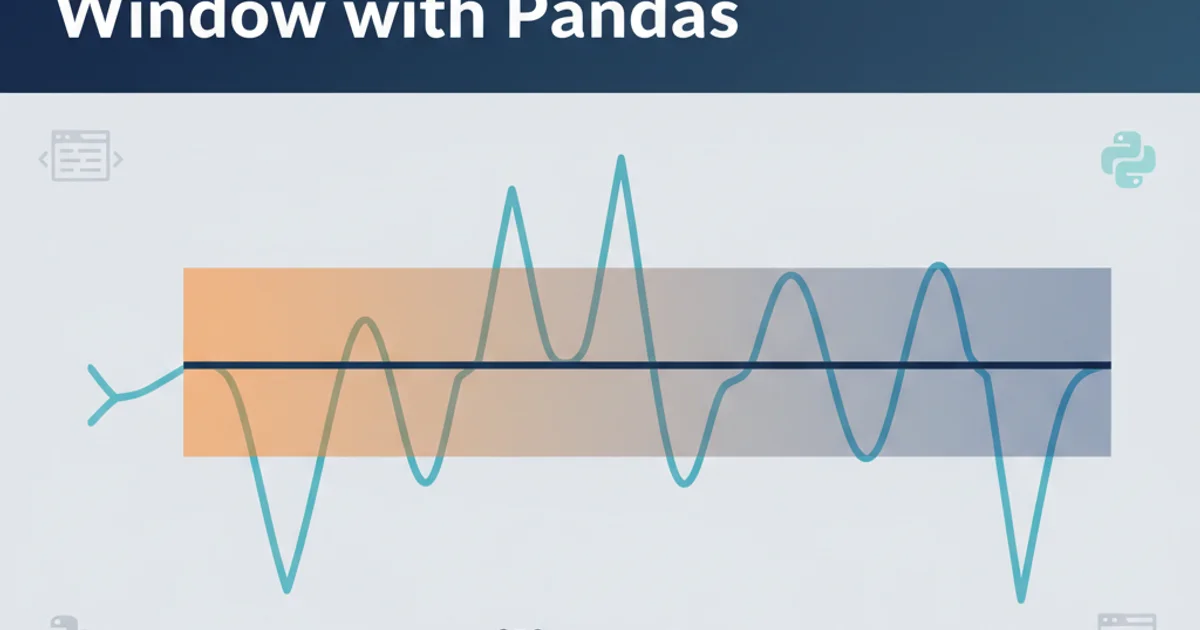RegEx: \w - "_" + "-" in UTF-8
Categories:
Mastering \w in UTF-8 RegEx: Beyond Basic Word Characters

Explore the nuances of \w in regular expressions, especially when dealing with UTF-8 encoded text in PHP, and learn how to correctly match or exclude characters like underscores and hyphens.
Regular expressions are powerful tools for pattern matching, and the \w shorthand character class is often used to match 'word' characters. However, its behavior can be surprisingly complex, especially when working with UTF-8 encoded text and different regex engines. This article delves into how \w behaves in PHP's PCRE engine, particularly concerning non-ASCII characters, underscores, and hyphens, and provides solutions for achieving precise character matching.
Understanding \w in PCRE (PHP)
By default, \w in PCRE (Perl Compatible Regular Expressions), which PHP uses, matches alphanumeric characters (a-z, A-Z, 0-9) and the underscore (_). This behavior is consistent across many regex implementations. However, when dealing with UTF-8, the definition of 'word character' expands significantly. The u modifier in PHP's preg_* functions is crucial here. Without it, \w will only match ASCII word characters, even if your string is UTF-8. With the u modifier, \w will also match a wide range of Unicode letters and digits, but still includes the underscore.
flowchart TD
A[Input String] --> B{Regex Engine (PCRE)};
B --> C{`\w` without `u` modifier?};
C -- Yes --> D[Matches ASCII a-zA-Z0-9_];
C -- No --> E{`\w` with `u` modifier?};
E -- Yes --> F["Matches Unicode letters, digits, and `_`"];
E -- No --> G[Error or unexpected behavior];
D --> H[Result];
F --> H[Result];Flowchart illustrating \w behavior with and without the u modifier in PCRE.
<?php
$string_ascii = 'hello_world123';
$string_utf8 = 'héllö_wörld123';
// Without 'u' modifier (matches only ASCII word characters)
preg_match_all('/\w+/', $string_ascii, $matches_ascii_no_u);
print_r($matches_ascii_no_u); // Array ( [0] => Array ( [0] => hello_world123 ) )
preg_match_all('/\w+/', $string_utf8, $matches_utf8_no_u);
print_r($matches_utf8_no_u); // Array ( [0] => Array ( [0] => h [1] => ll [2] => _w [3] => rld123 ) ) - 'é' and 'ö' are not matched
// With 'u' modifier (matches Unicode word characters)
preg_match_all('/\w+/u', $string_utf8, $matches_utf8_with_u);
print_r($matches_utf8_with_u); // Array ( [0] => Array ( [0] => héllö_wörld123 ) )
// Hyphen is never matched by \w
$string_with_hyphen = 'hello-world_123';
preg_match_all('/\w+/u', $string_with_hyphen, $matches_hyphen);
print_r($matches_hyphen); // Array ( [0] => Array ( [0] => hello [1] => world_123 ) ) - hyphen acts as a delimiter
?>
Demonstrating \w behavior with and without the u modifier in PHP.
Excluding Underscores and Including Hyphens
Often, you might want to define 'word characters' differently. For instance, you might need to match alphanumeric characters and hyphens, but explicitly exclude underscores. Since \w always includes the underscore, you cannot simply use \w and expect it to exclude _. Similarly, \w never includes the hyphen (-), so you must add it explicitly.
\w is equivalent to [a-zA-Z0-9_] in ASCII mode, and [\p{L}\p{N}_] in Unicode mode (with u modifier), where \p{L} matches any Unicode letter and \p{N} matches any Unicode number.<?php
$text = 'This-is_a-test-string with_mixed-characters and_some_unicode: héllö-wörld.';
// 1. Match alphanumeric (Unicode) and hyphens, EXCLUDE underscores
// Use \p{L} for Unicode letters, \p{N} for Unicode numbers, and explicitly add hyphen.
// Then, use a negative lookahead or simply exclude '_' from the character class.
preg_match_all('/[\p{L}\p{N}-]+/u', $text, $matches_no_underscore);
print_r($matches_no_underscore);
// Expected: Array ( [0] => Array ( [0] => This-is [1] => a-test-string [2] => with [3] => mixed-characters [4] => and [5] => some [6] => unicode [7] => héllö-wörld ) )
// 2. Match alphanumeric (Unicode) and underscores, EXCLUDE hyphens (default \w behavior with 'u')
preg_match_all('/\w+/u', $text, $matches_no_hyphen);
print_r($matches_no_hyphen);
// Expected: Array ( [0] => Array ( [0] => This [1] => is_a_test_string [2] => with_mixed_characters [3] => and_some_unicode [4] => héllö_wörld ) )
// 3. Match alphanumeric (Unicode), underscores, AND hyphens
// Combine \w (which includes _) with the hyphen.
preg_match_all('/[\w-]+/u', $text, $matches_all_three);
print_r($matches_all_three);
// Expected: Array ( [0] => Array ( [0] => This-is_a-test-string [1] => with_mixed-characters [2] => and_some_unicode [3] => héllö-wörld ) )
?>
Customizing character classes for precise matching in UTF-8.
Constructing Custom Character Classes
To achieve precise control over what constitutes a 'word character' in your regex, it's best to construct your own character classes using Unicode properties. This approach offers maximum flexibility and clarity, especially when dealing with multilingual content.
graph TD
A["Goal: Match specific 'word' characters"] --> B{"Need Unicode support?"};
B -- Yes --> C["Use `u` modifier"];
B -- No --> D["ASCII-only regex"];
C --> E{"Include letters?"};
E -- Yes --> F["Add `\p{L}`"];
E -- No --> G["Skip `\p{L}`"];
C --> H{"Include numbers?"};
H -- Yes --> I["Add `\p{N}`"];
H -- No --> J["Skip `\p{N}`"];
C --> K{"Include underscore `_`?"};
K -- Yes --> L["Add `_`"];
K -- No --> M["Skip `_`"];
C --> N{"Include hyphen `-`?"};
N -- Yes --> O["Add `-`"];
N -- No --> P["Skip `-`"];
F & I & L & O --> Q["Combine into `[...]+`"];
Q --> R["Final Regex Pattern"];Decision tree for constructing custom Unicode-aware character classes.
By explicitly defining your character sets using \p{L} (any Unicode letter), \p{N} (any Unicode number), and literal characters like _ or -, you gain full control. This avoids the ambiguity of \w when its default behavior doesn't align with your specific requirements.
-) inside a character class [], make sure it's either the first or last character, or escaped (\-), to prevent it from being interpreted as a range operator (e.g., [a-z] means 'a through z', but [-az] means 'hyphen, a, or z').